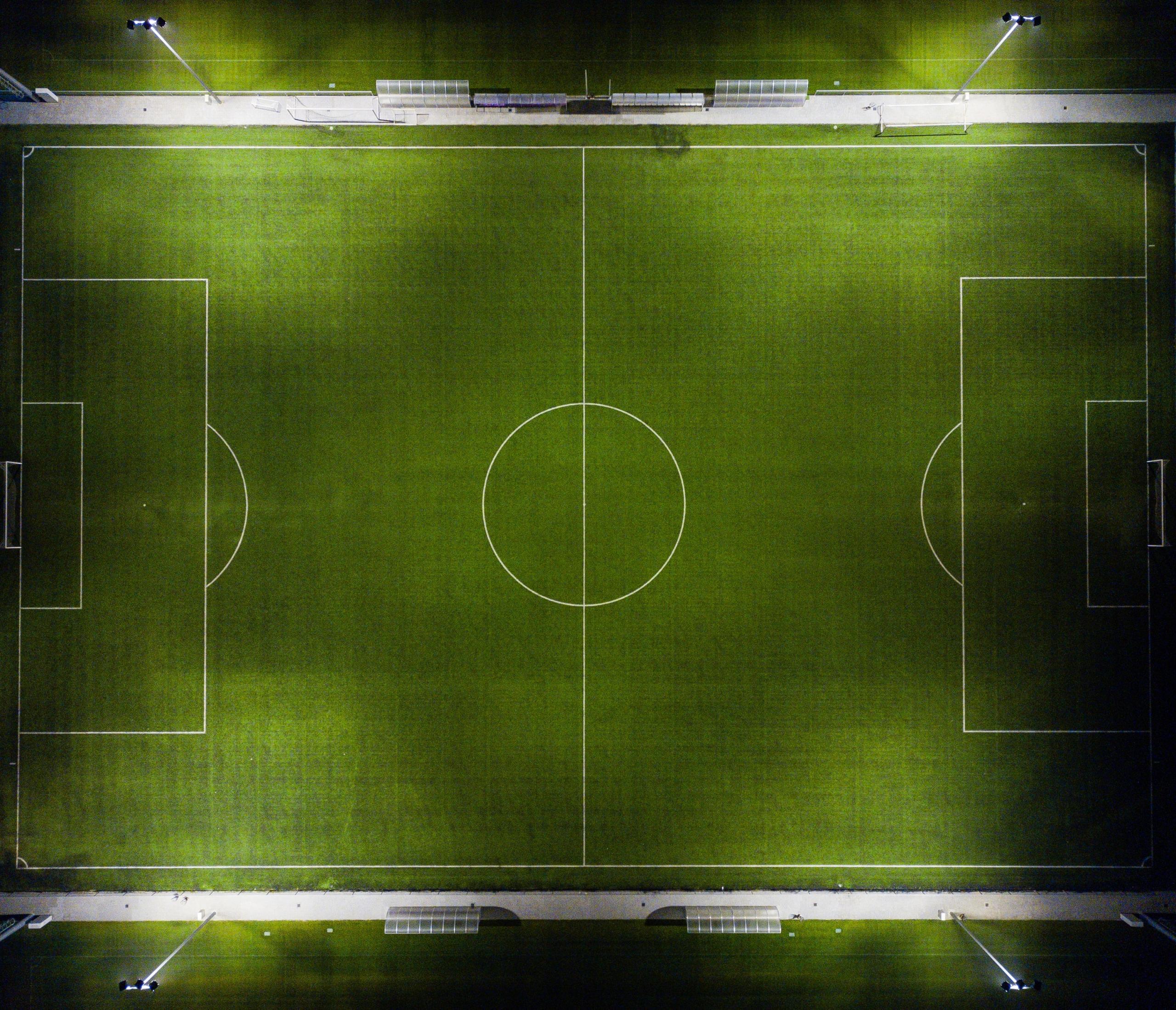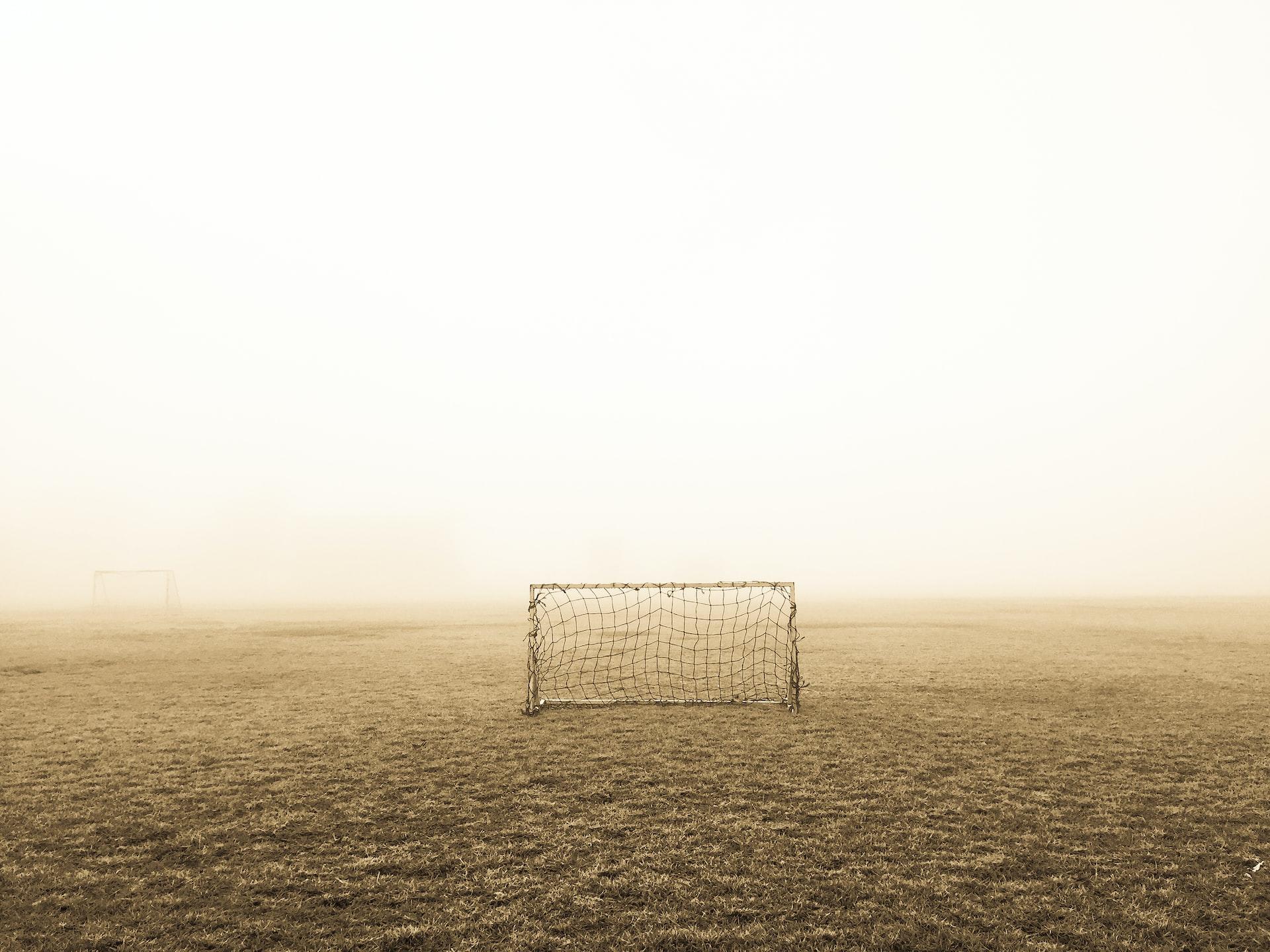Whether you caught the World Cup hype, and your vocabulary suddenly contains names like Neymar, Messi, Vinicius Jr and Neuer or you have a football-crazed boyfriend/husband whose favourite (and only) hobby you wish was less confusing and boring, you’re not alone.
This quick and somewhat simple beginner's guide is for you.
The first rule of Soccer is NEVER to call it Soccer! You're a fan now, it's football, any other games that claim to be football are not.
"I am constantly being asked about individuals. The only way to win is as a team. Football is not about one or two or three star players."
- Pelé

Basic Gameplay and The Rules
Football is played with 11 players on each team, 10 outfield players and 1 goalkeeper. Each game consists of two 45-minute halves; however, as the clock never stops, extra time due to fouls, injuries, substitutions, etc. will be added to each half.
Each team is normally allowed three substitutions per game. The managers are allowed to make these substitutions at any stoppage throughout the game. Once a team has made their full amount of substitutions, it cannot make another player switch.

So... What are the rules of football?
The Offside Rule
Most of the rules are fairly straightforward in soccer, but the offsides rule is undoubtedly the hardest one to wrap your head around sometimes I'm still unsure on the tv and I'm glad they show it more than once.
A player is considered offside when their body (excluding arms) is nearer to the opponent’s goal line than both the ball and the second-last opponent at the time the ball is played. Most times the opposing goalkeeper is one of the players, the attacking player just has to be either level or in front of one more defending player when advancing on goal. (I definitely recommend YouTubing a few clips until you are familiar with the rule.)

In the diagram above, the blue player with the ball (‘P’) passes it to their teammate labelled ‘A.’ When the pass is played, player ‘A’ is offside because he is closer to the opponent's goal than the ball and the second-last opponent (player ‘D’).
Every other blue player in the diagram would be considered onside. There are two exceptions that allow for offsides. 1. Throw-ins 2. All field players are on the attacking team’s defensive half. All other times an offside pass results in a free kick to the opposing team.
"I once cried because I had no shoes to play football with my friends, but one day I saw a man with no feet and I realised how rich I am"
- Zinedane Zidane
Fouls
What is a foul and how does it happen?
The Rule: Fouls are committed when a player attempts for the ball, but only makes contact with an opposing player, delays the restart of play, pulls an opponent’s shirt, or a field player touches the ball with their hands.
The exception to the rule: A goalkeeper can handle the ball with their hands as long as they are inside their goal box! The only time a goalkeeper can not use his hands in his own goal box is when a player on his team passes the ball back to him using his feet. Basic, non-dangerous fouls mostly result in just a free kick for the opposing team. This means that the referee blows his whistle and allows the opposing team to kick the ball wherever they want without the other team’s players being too close.
Bookings
Yellow Cards: Persistent fouls by one specific player or one hard foul could result in a yellow card. A yellow card is essentially a warning by the referee. Any player receiving two yellow cards (or one red card) during a match is kicked out and their team must finish the match with just 10 players.
Red Cards: These cards are given to players that commit dangerous fouls (a two-footed challenge, punching, contact with the referee, etc.). Any player receiving a red card is immediately removed from the game and must face a suspension of further games.

Penalties
Penalties are given if a foul occurs inside the 18-yard boxes in front of the two goals. Any attacking player that is fouled inside these areas receives a chance to score from 12 yards away from the goal, with only the opposing goalkeeper allowed to attempt to stop the ball.

Out of Bounds
Because the field is a rectangle, the ball can go out of bounds in four different areas.
If the ball goes out of the sides of the field, then the team that did not touch the ball last is able to throw the ball in (the only time outfield players can throw the ball). If the defending team last touches the ball and it goes over the end line (where each goal is), then the attacking team receives a corner kick. This is a free kick on either corner of the pitch nearest the attacking goal. If the attacking team last touches the ball and it goes over the end line, the defending team is given a goal kick. This means that the goalkeeper is allowed to kick the ball to his teammates without opposing players in the surrounding area.
Throw-Ins and Goal Kicks for Starting Play
Throw-ins and goal kicks are used to restart play. For throw-ins, the team that was in possession of the ball last when it crossed the 5-inch white line does not get the throw-in—it goes to the opposing team. When doing a throw-in, the player must:
- stand behind the line or on the line
- throw the ball over the head with two hands
- have both feet on the ground
- all opponents have to stand 2 yards away
- a player cannot throw the ball to themselves
Goal Kicks
Goal kicks take place when a ball crosses the goal line but did not result in a goal, that is, the ball simply went out of bounds. The ball is placed in the goal area and kicked—all other players must be outside of the penalty area.

Corner Kicks
A corner kick takes place if the ball went out of bounds but it was the fault of the defending team. The opposing team will set up in the corner of the field and play the ball in the small arc that sits at the right angle of the field—this is generally marked by a flag.
The ball has to make contact with another player—this means an offensive player can stand near the individual taking the corner kick and the two can run a play.
The 17 Laws of Football
If you're almost clear on the rules of Football but want to be 100%, I highly recommend checking out some games on TV and the 17 Laws of Football HERE it's the OFFICIAL FIFA Laws of The Game.















